The evolution of the Datsun/Nissan Z Cars
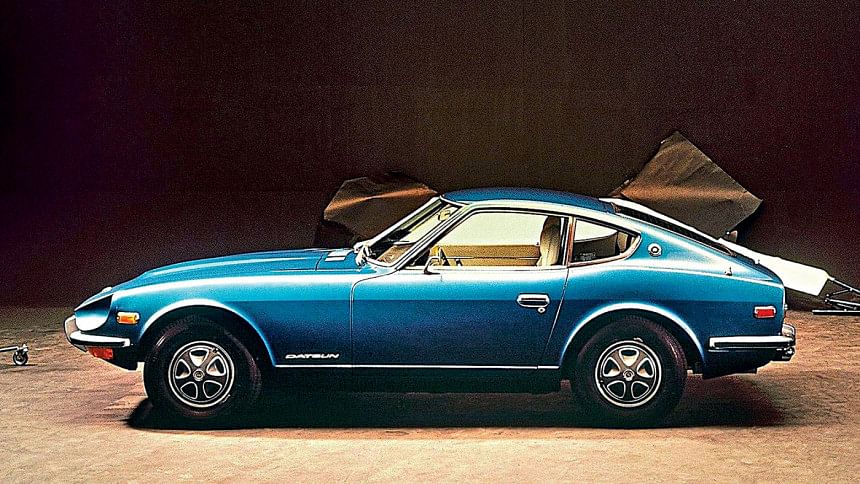
After what seemed like a slow and agonizing death of a once-great car brand, Nissan it finally trying to turn things around. Their new A To Z lineup are look exciting and well thought out, and more importantly, for us petrolheads, there's a new Z-car on the horizon. Now, while we wait for the new Zed to hit the showrooms, here is a summary of the evolution of one of the best sports cars ever made.
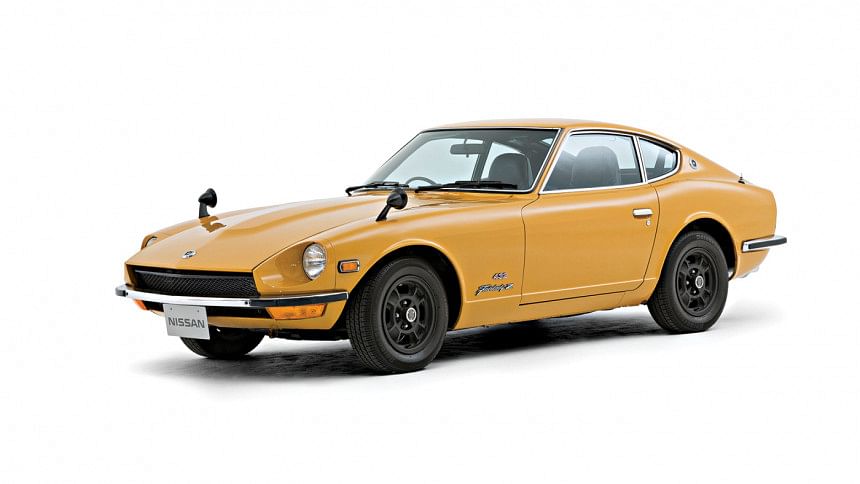
First Generation S30 (1969-1978)
The origin of the Z car can be traced back to one person, Mr. Yutaka Katayama, then President of Nissan USA. He realized the importance of an affordable sports car, and pushed the company to build one. Designed by Yoshihiko Matsuo, the resulting Datsun 240Z was a low-cost, two-seater, fixed-roof sports car powered by a 2.4 liter inline six-cylinder engine producing 150 HP and 145 lb-ft of torque. The ar proved to be an overnight success as consumers found it to be affordable, fast, and far more reliable than its European competitors. Datsun would go on to update the engine to a 2.6 and later 2.8-litre, Creating the 260Z and 280Z respectively.
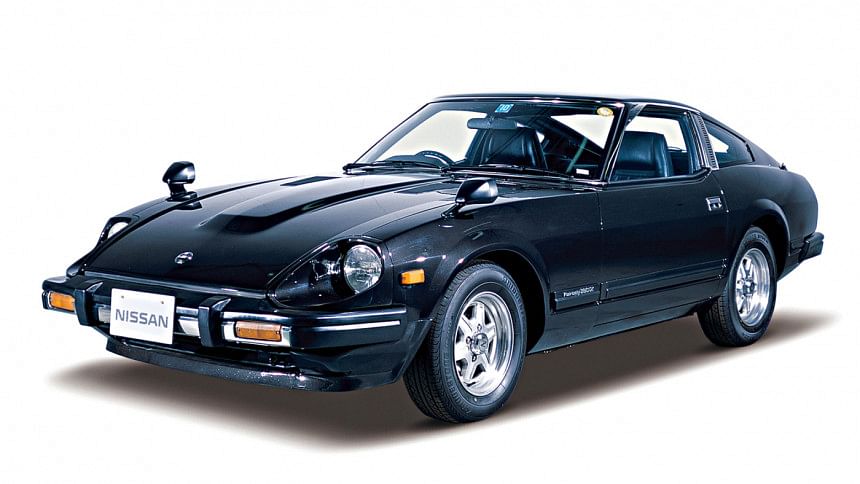
Second Generation S130 (1979-1983)
The second generation of the Z-car was called the 280ZX. It retained the 2.8 liter engine but made only 135 HP and 144 lb-ft of torque, thanks to strict US emission regulations. The car was also bigger and heavier, being grown into a gran tourer. Nissan adopted the interior accordingly, updating the car's upholstery and adding multiple creature comfort. The power issued was addressed in 1981 with the introduction of the Turbo-ZX, which bumped up the power to 180 HP and 202 lb-ft of torque.
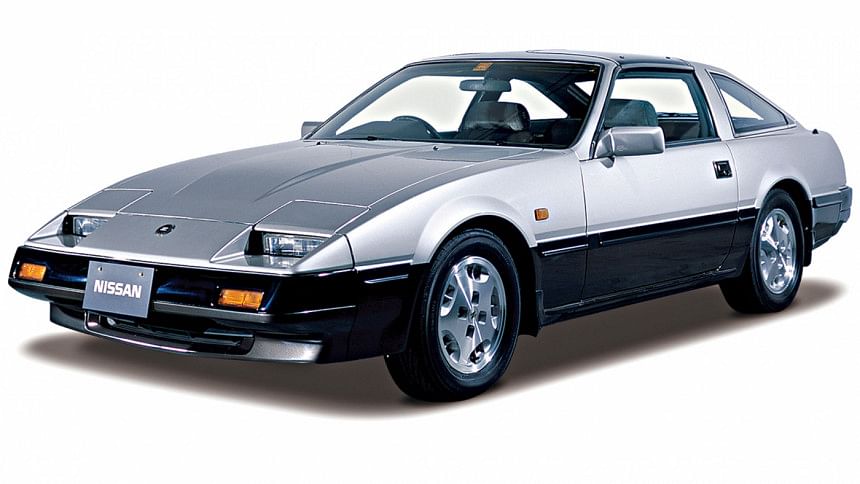
Third Generation Z31 (1984-1989)
Two things happened with the new 300ZX. First, Nissan completely dropped Datsun badge, bringing all of their cars under the parent nameplate. Second, the inline six-cylinder was phased out for the 3.0 liter VG30E, Japan's first mass-produced V6 engine. The new engine made 164 HP and 174 lb-ft of torque but the turbo variant raised those figured to 225 HP and 246 lb-ft. The car also received styling updates such as pop up headlights, boxy shape, and a novel LED taillamp. Overall, this generation of the Z-car remained a GT car, though with more power than is predecessor.
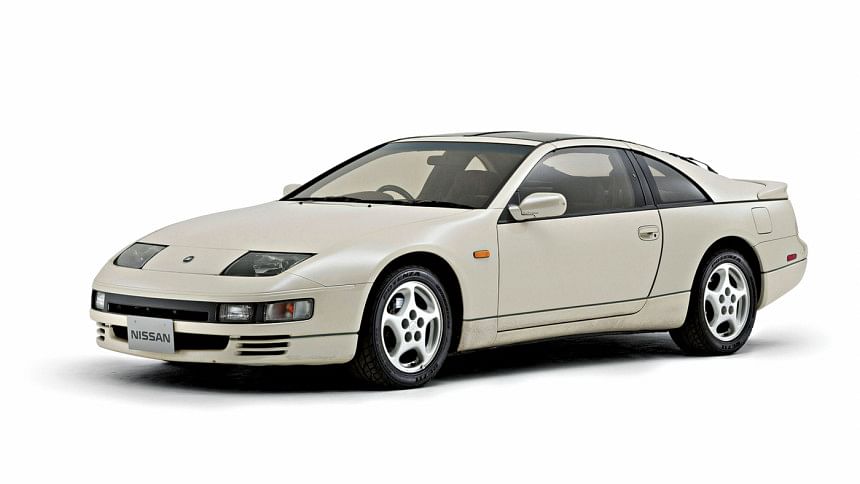
Fourth Generation Z32 (1989-2000)
Z31 was a technological marvel, being the first car designed with the help of a Cray-2 supercomputer. The box shape was rounded out and the engine received a twin-turbocharged double overhead cam setup, producing 279 HP and 277 lb-ft of torque. The new engine gave the car a 0-100 of 5.9 seconds, which was impressive since the new car weighed a little over 1.6 tons. The weight can be partially attributed to the car's plethora of advanced features such as four-wheel steering, Variable Timing control, powered seats, and many others. All these features drove up the weight, complexity, and price.
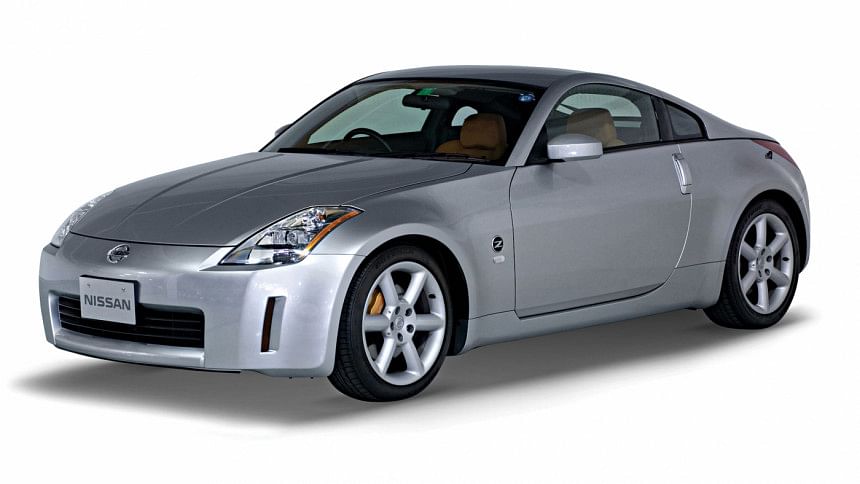
Fifth Generation Z33 (2002-2008)
From 1999 to 2000, Nissan experimented with a back to basic 240Z Concept but did not put it into production. In 2001, the company debuted the sleek new 350Z with a new 3.5 liter DOHC V6 producing 287 HP and 274 lb-ft of torque. The new Z was designed to be a fun affordable sports car, just like the original 240Z. The interior lacked the high-tech features found in the Z32, instead offering a largely plastic interior with basic amenities. However, this downgrade becomes a moot point as the driver floors the throttle, as car's high performance would allow it to go toe to toe with cars form dedicated performance brands.
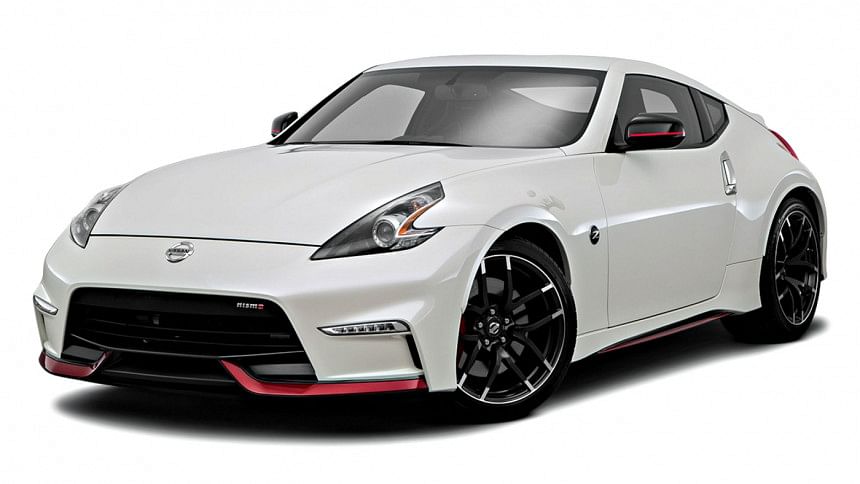
Sixth Generation Z34 (2009-present)
Although visually similar to the Z32, the Z33 received plenty of changes under the skin. The wheelbase was shorted by four inches, the displacement was raised to 3.7 liter, giving the car a new power figure of 326 HP and 270 lb-ft of torque. The 0-100 was cut down to 5 seconds, taking the car very close to supercar territory. The bare-bones interior was updated with improved upholstery and a few creature comforts. Although cutting edge in 2009, the has begun to show its age and is badly in need of a replacement.

 For all latest news, follow The Daily Star's Google News channel.
For all latest news, follow The Daily Star's Google News channel. 




Comments